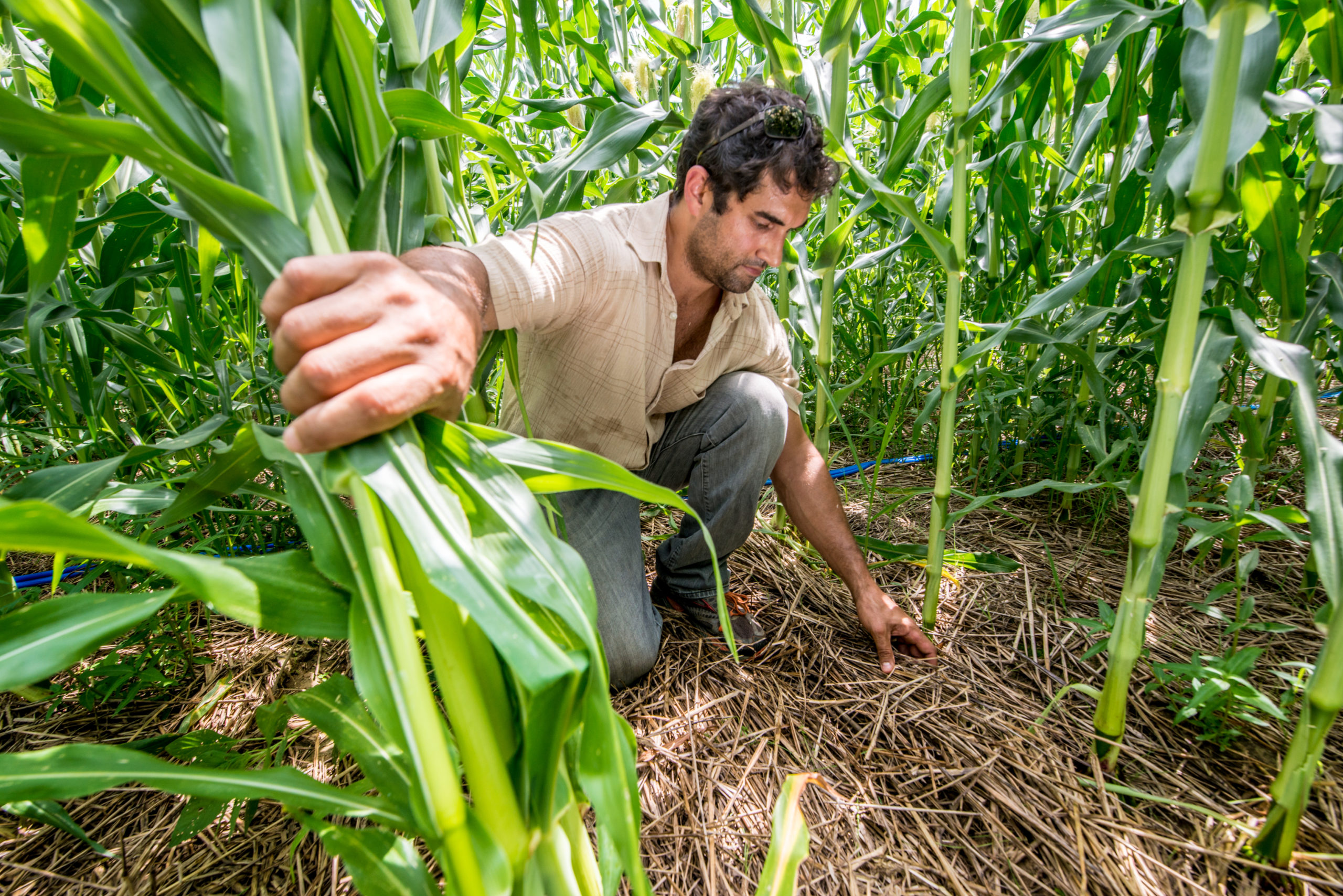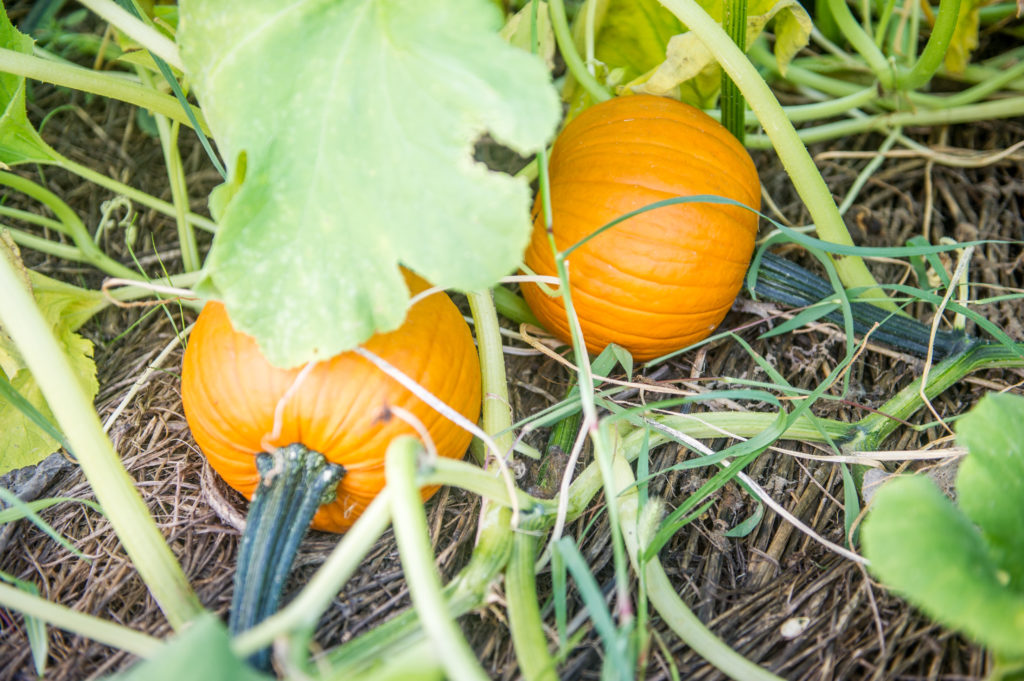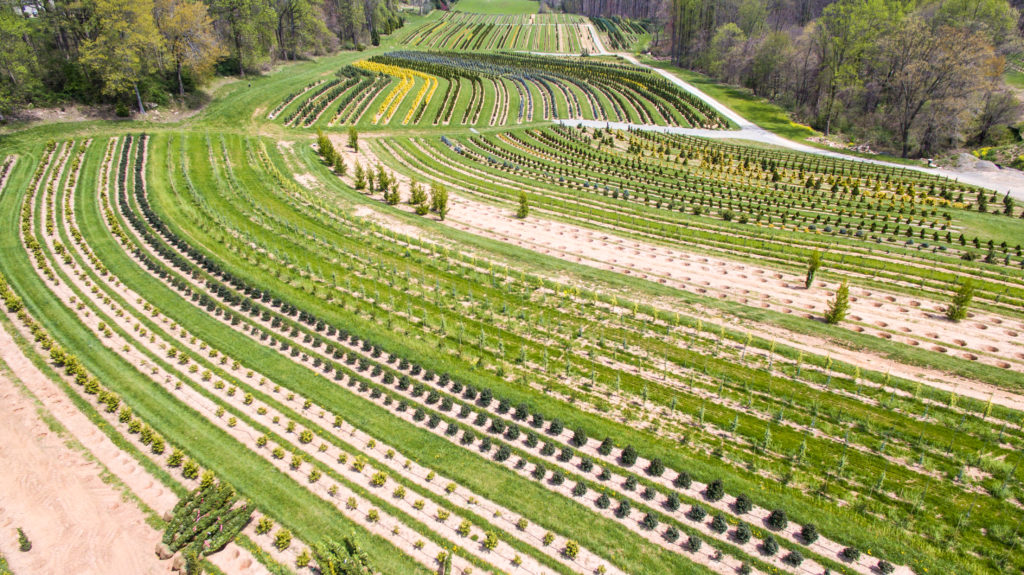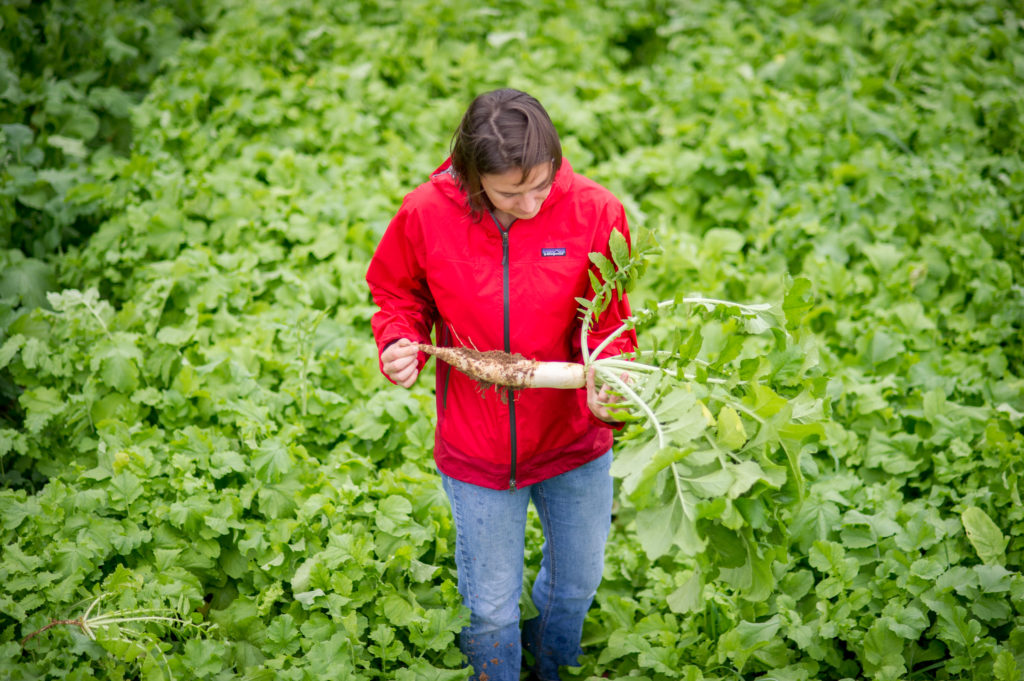
Aug 28, 2020
Why horticultural growers love cover crops
CCover crops are widely used in agriculture to strengthen soils and keep weeds away, but a recent survey showed fruit and vegetable growers are using them differently than other farmers.
The 2019-2020 National Cover Crop Survey was conducted by the non-profit Conservation Technology Information Center (CTIC), with financial support from the Sustainable Agriculture Research and Education (SARE) program and the American Seed Trade Association (ASTA). Horticultural growers – defined as those with fruit, nut and vegetable operations in the U.S. – made up 19.2% of the survey’s nearly 1,200 respondents.
Vegetable crops were the most common enterprise among growers who said horticulture crops represented at least 10% of their farm income; although a minority of the growers said they grew annual fruits such as strawberries and melons, nuts, grapes or other perennial fruits.

Horticultural growers reported that cover crops can be profitable – 35% reported a moderate increase in net profit (defined as an increase of 5% or more), while another 23% reported a minor increase in net profit (2-4% increase). Only 4% observed a minor (2-4%) reduction in net profit after the costs of buying cover crops seed and planting it. No respondents reported a moderate loss in net profit.
The survey asked farmers why they planted cover crops, allowing them to choose more than one reason. Nearly all of horticultural growers (94%) said they grew cover crops to improve soil structure or soil health. Other top responses were improving weed management (81%), reducing erosion 71% and improving water infiltration (63%).
Horticultural growers were more likely than commodity farmers to use cover crops for biological controls, with nearly half of horticultural growers using cover crops to harbor beneficial insects, and 43% using them to improve insect or disease control. Horticultural growers also terminate cover crops differently than most other growers.

“When we think of commodity farmers, most of them are spray-killing their cover crop, but here if you look at horticultural users, that’s less than a quarter are using sprays,” said Rob Myers, regional director of Extension programs for North Central SARE. “About (a quarter) or equal is doing tillage or mowing. A fair number do have winter kill crops similar to commodity farmers.”
A few horticultural growers expressed faith that cover crops know the value in dollars.
“I don’t think my poorly drained, clay-ey land would remain productive for annual vegetables without aggregation provided by cover crops,” one grower said in the report.
Another added that the benefits of cover crops were very hard to quantify, “but in an organic setting, fixed (nitrogen) is a huge cost savings and soil improvements, soil carbon, etc. are all very valuable and drive our entire farming system.”
The report also noted that vegetable growers use cover crops aggressively “to manage nematodes and soil pathogens that threaten their cash crops,” and use different tillage practices than commodity growers.
“The permanent systems and high traffic of orchards and vineyards may call for unique cover crop mixes and management,” the report added.
Among all growers, the most popular cover crop was radish (used by 54% of respondents), followed by cereal rye, oats, crimson clover, turnip, other clovers, rapeseed/canola, annual ryegrass, winter pea, hairy vetch, cowpea, winter wheat, sunn hemp, winter barley and triticale. Almost half of the respondents said they had increased the number of species in their cover crop mixes over time; only 8% had decreased the number of species in the mix.

A variety of financial incentives are available for cover crops. Of the survey respondents, 189 farmers reported receiving payments from the Conservation Stewardship Program (CSP) while 151 received money from the Environmental Quality Incentives Program (EQIP), which are run by the USDA’s Natural Resources Conservation Service. An additional 129 growers received payments from a state or local soil and water conservation district, and 30 received payments from a private company to plant cover crops or use regenerative practices.
The survey developers noted that despite the heavy spring rainfalls that delayed plantings in much of the country during 2019, more than 90% of farmers reported that cover crops allowed them to plant earlier or at the same time as non-cover-cropped fields.
“Farmers are using cover crops for a variety of reasons and many have tried new approaches to cover cropping,” said Mike Smith, who managed the national survey for CTIC. “This year’s survey also indicated that some of the concerns that many growers have had about the effects of cover crops on planting dates in a wet year turned out not to be true – in fact, in many cases, cover crops helped farmers plant earlier in the very wet spring of 2019.”
About half of the survey respondents’ seed costs (not counting planting or ground preparations costs) ran $11-20 per acre.
Former ASTA Vice President of Government and Regulatory Affairs Jane DeMarchi said she was pleased that most farmers, according to the survey, were buying commercially-grown seeds from seed companies or retailers.
“From a seed industry perspective, the more we know about the future cover crop trends and farmers’ goals in using cover crops, the better prepared we can be to serve this growing market,” she said.
Top photo: USDA Beltsville Agricultural Research Center – Researcher Steven Mirky examines organic corn growing through cover crop residue. Photo: SARE
Planting Green
The term “planting green” refers to planting seeds for a cash crop into a still-living cover crop. Both crops grow simultaneously for a short time before the cover crop is terminated with a roller-crimper or other means.
In the 2019-2020 SARE survey, 52% of farmers planted green into cover crops on at least some of their fields. (In the 2016-2017 report, the most recent prior survey by SARE, CTIC and ASTA, 39% of the respondents had planted green.) Of the farmers planting green, 71% reported better weed control. Sixty-eight percent reported better soil moisture management, particularly valuable in a wet spring.
According to the report, many growers said voles and slugs weren’t their main concern, but some highlighted challenges with cutworms when planting green. One reported that the added biomass from planting green reduced weed pressure increasing the carbon/nitrogen ratio in the soil, allowing the residue to last longer.






